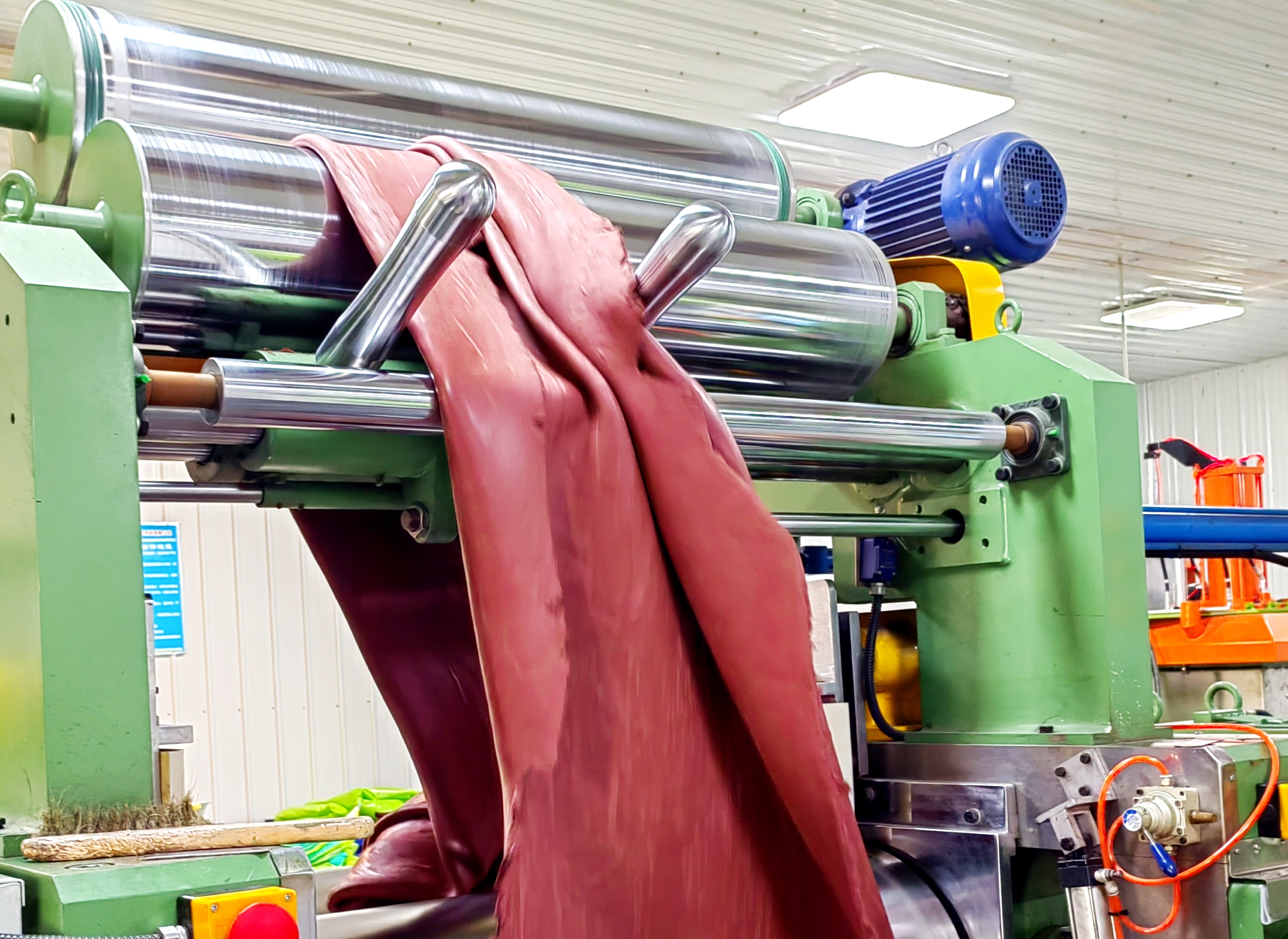Rubber Technology
1.The Difference between FPM, FKM and Viton®
The terms FPM, FKM and Viton® very often cause confusion and lead to incorrect interpretations. All of these designations actually stand for one single base material-fluoro rubber.
FPM is the international abbreviation according to DIN/ISO
FKM is the short form for the fluoroelastomer category according to the American standard ASTM.
Viton® is the registered trade mark of DuPont Performance Elastomers.
Fluoroelastomers are a class of synthetic rubber materials known for their exceptional resistance to heat, chemicals, and oils. They are widely used in demanding applications where other elastomers would fail. Here are some key points about fluoroelastomers:
1. Composition: Fluoroelastomers are copolymers or terpolymers of fluorinated monomers such as vinylidene fluoride (VDF), hexafluoropropylene (HFP), and tetrafluoroethylene (TFE).
2. Properties:
- Heat Resistance**: They can withstand continuous service temperatures up to 200°C (392°F) and intermittent exposure to higher temperatures.
- Chemical Resistance**: Excellent resistance to a wide range of chemicals, including oils, fuels, acids, and solvents.
- Oil and Fuel Resistance**: Superior performance in environments involving oils and fuels.
- Mechanical Properties**: Good mechanical properties, including tensile strength and elongation.
- Low Gas Permeability**: Effective in sealing applications where low gas permeability is required.
3. Types:
- FKM (Fluorocarbon Elastomers)**: The most common type, known for their excellent heat and chemical resistance.
- FFKM (Perfluoroelastomers)**: Offer even higher resistance to chemicals and temperatures, suitable for the most severe environments.
- FEPM (Tetrafluoroethylene-Propylene Elastomers)**: Known for their resistance to steam and polar solvents.
4. Applications:
- Automotive**: Seals, gaskets, and hoses in engines and fuel systems.
- Aerospace**: Seals and gaskets in aircraft engines and fuel systems.
- Industrial**: Seals, gaskets, and linings in chemical processing equipment.
- Oil and Gas**: Seals and gaskets in drilling and production equipment.
5. Processing: Fluoroelastomers can be processed using standard rubber processing techniques such as compression molding, injection molding, and extrusion. They require post-curing to
achieve optimal properties.
6. Limitations:
- Cost: Generally more expensive than other elastomers.
- Low-Temperature Flexibility**: Not as good as some other elastomers, although specific grades are available for low-temperature applications.
Fluoroelastomers are critical in many high-performance applications due to their unique combination of properties, making them indispensable in industries where extreme conditions are encountered.






